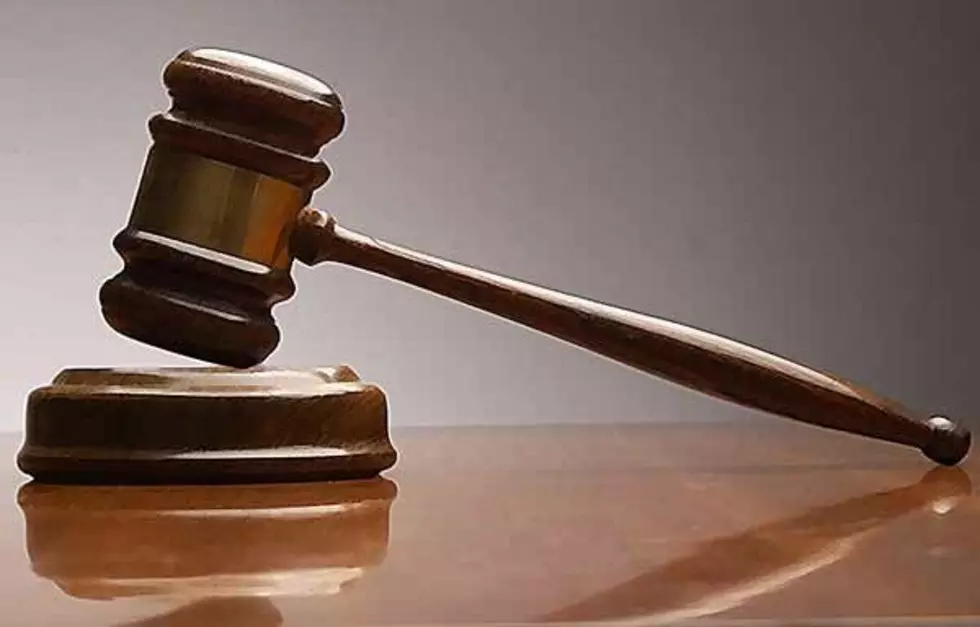
Three-judge panel hears arguments in PSC redistricting case
What about doing away with Public Service Commission districts altogether and holding an at-large election in 2022?
That was one question U.S District Judge Donald Molloy asked the Montana Secretary of State’s lawyer Friday in a hearing about a lawsuit alleging the PSC districts are so far out of alignment they violate the one person, one vote guarantee in the U.S. Constitution.
Brent Mead, representing the Secretary of State, said doing away with districts would ensure the 14th Amendment was not violated, but he said he wondered about other consequences, and he wasn’t prepared to answer the question on the spot.
Molloy, Judge Brian Morris of Great Falls and U.S. Courts for the Ninth District Circuit Judge Paul Watford presided in the hearing at the federal courthouse in Missoula. Molloy said the court would issue a ruling soon on the motion for a preliminary injunction and request the Secretary of State be temporarily prevented from certifying candidates.
Arguing for plaintiffs Bob Brown, former Secretary of State, and Gallatin County residents Hailey Sinoff and Donald Seifert, lawyer Constance Van Kley said the districts are “stale and malapportioned,” and the court was in the best position to protect voters in 2022.
She said most other states have a mechanism for updating districts. But Van Kley said while Montana does for legislative ones, it does not for the PSC, which regulates monopoly utilities and has five commissioners elected by district.
The five districts should have roughly the same population, but they “diverge significantly,” the plaintiffs said in a court document, well beyond the 10 percent limit.
And Van Kley said nothing guarantees a solution from the Montana Legislature now or in 2023, and given the severity of the population differences, the court should step in before people vote in 2022.
“The state has had over 18 years since the last redistricting to act, and it has failed to do so,” Van Kley said.
Watford, though, said the information from the census is new, the state has indicated it’s moving toward an update, and he wanted to know why the court should step in before giving the state a chance to make the fix.
Van Kley said this year, Districts 1 and 5 will be on the ballot, but one is over population, and one is under population compared to the ideal size. The complaint noted District 1 has a maximum deviation of more than 24 percent.
Van Kley also argued that given the sophistication of available software, crafting a remedy would not take too long: “It’s not that hard of a task.”
Molloy wanted to know if the parties could put their heads together and come up with an agreement, a map that was satisfactory for the time being, and Van Kley said it wasn’t out of the question.
For the Secretary of State, Mead agreed a constitutional violation existed with the current districts, but he argued the Legislature should have the first shot at creating the new boundaries, not the courts. The courts shouldn’t interfere until after the 2023 legislative session, he said.
Molloy, though, wondered why the task was taking so long. The judge pointed out the defendants have had the opportunity to update districts, but they’ve gone unchanged since 2003.
“How much time do you need to get it done?” Molloy asked.
Mead said the new census was just released in August 2021, legislators already were taking steps toward redistricting, and the next session was the first opportunity, so court involvement should wait.
“The clock restarts each census,” Mead said.
In the meantime, though, Molloy wondered how the voters should react given the population deviations: “They just gotta grin and bear it?”
In his arguments, Mead also disputed the idea that redistricting could be done quickly given the number of maps proposed during legislative redistricting, more than 200, and the high public interest.
He also said filing closes in the middle of March, and waiting until after that timeframe for new districts would create problems for candidates wanting to run campaigns before the primary. Plus, Mead said, if there end up being two maps, one for 2022, and one later from the Legislature, voters could end up being confused.
In a motion, plaintiffs said candidate filing opens Jan. 13, and they requested “preliminary relief” by then.
District 2020 Population
Ideal deviation
District 1 186,616 -30,229
District 2 216, 532 -313
District 3 239,748 22,903
District 4 208,963 -7,882
District 5 232,366 15,521
IDEAL 216,845
